A Look at Policies, Perceptions and Technologies
Overview
Electric vehicles (EVs) are becoming more popular and affordable around the world, as governments and consumers seek to reduce greenhouse gas emissions and air pollution from transportation. However, there are still some challenges and barriers that need to be overcome to achieve widespread EV adoption.
This article provides an update on the over-arching policy and consumer perception trends that are influencing adoption rates, from both a positive and negative standpoint, followed by a deeper look at the key technology trends that are likely to enable faster and wider adoption.
High-Level Trends in Policies and Consumer Perceptions
Here are some of the high-level trends and challenges that are impacting EV adoption.
Policy Initiatives
Many countries have announced plans to phase out sales of new internal combustion engine (ICE) vehicles and promote EVs through various policies, such as subsidies, tax incentives, emissions standards, zero-emission vehicle mandates, and even bans on ICE vehicles. More than 40 countries have pledged to phase out ICE vehicles by 2050.
These policies can help create demand for EVs and encourage manufacturers to invest in EV production and innovation. However, policy support is not uniform across regions and markets, and some countries may face political or social resistance to such measures. Moreover, policy support needs to be aligned with other aspects of the EV ecosystem, such as charging infrastructure, grid integration, and battery recycling.
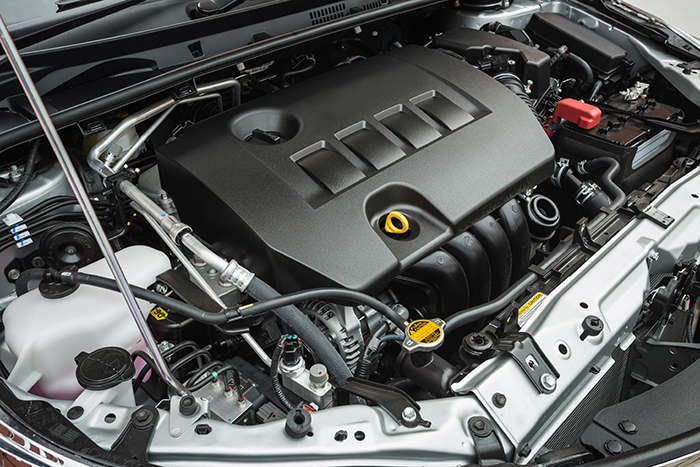
Figure 1 – Many countries are committed to phase out sales of new fossil fuel cars by 2035.
Charging infrastructure
One of the main challenges for EV users is finding convenient and reliable places to charge their vehicles. Compared to traditional petrol stations, charging stations are less available, more expensive to install, and require longer charging times.
To address this challenge, governments and the private sector need to invest in expanding and upgrading the charging network, especially in urban areas, highways, and public places. They also need to ensure interoperability and standardization of charging equipment and payment systems, as well as provide information and guidance to EV users on how to locate and use charging stations.
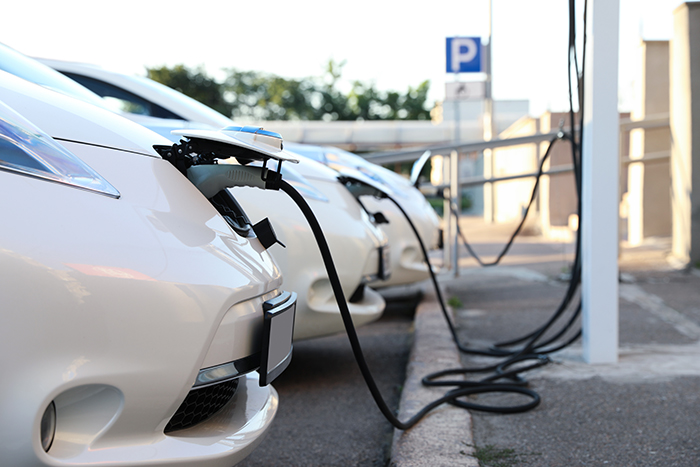
Figure 2 – Accessibility of charging infrastructure is vital for encouraging EV adoption.
Battery cost and performance
The battery is the most expensive and critical component of an EV, as it determines the range, performance, and lifespan of the vehicle. The cost of batteries has been declining rapidly in recent years, thanks to technological improvements and economies of scale.
However, further cost reductions are needed to make EVs more competitive with ICE vehicles. In addition, battery performance needs to improve in terms of energy density, durability, safety, and fast-charging capability. Furthermore, battery recycling and reuse need to be enhanced to reduce environmental impacts and resource constraints.
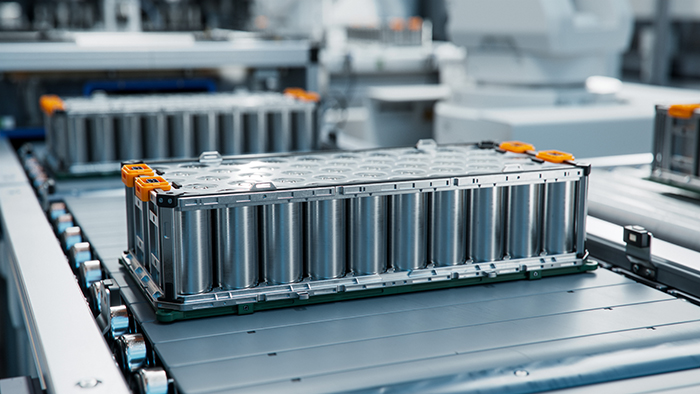
Figure 3 – A battery pack accounts for more than 30% of the electric vehicle’s sticker price.
Consumer awareness and preferences
Another challenge for EV adoption is the lack of consumer awareness and familiarity with EVs. Many consumers still have misconceptions or concerns about EVs, such as their high upfront cost, limited range, low availability of models, maintenance requirements, and environmental benefits.
To overcome these barriers, governments and industry need to educate consumers about the advantages of EVs and provide them with incentives and opportunities to experience EVs. They also need to offer a wider variety of models that cater to different consumer preferences and needs.
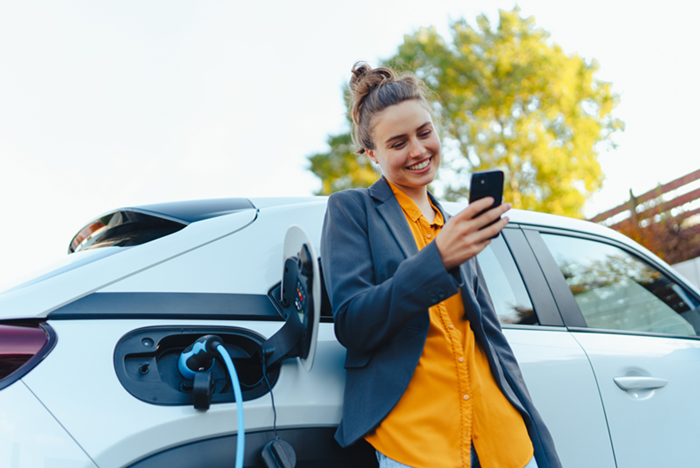
Figure 4 – 52% of consumers who intend to buy a car in the next 24 months say they will choose an EV or hybrid vehicle.
Technology Initiatives That Will Change EVs
The following sections provide brief updates on key technology initiatives that are likely to help enable widespread EV adoption around the globe. As these technologies evolve and the market grows, EVs have the potential to transform the transportation sector and contribute to a cleaner and more sustainable future.
Cell-to-Pack Battery Designs
Cell-to-Pack (sometimes referred to as C2P or CTP) is a new battery design approach that eliminates the intermediate modules and connects the battery cells directly to the pack. This reduces the weight, size, and cost of the battery and increases its energy density and efficiency.
The cell-to-pack idea is driven by benefits that can be achieved by eliminating the material and cabling needed to protect and connect separate modules within the overall battery pack. While modules have been steadily growing in size to support higher power requirements, the cell-to-pack approach takes the next leap forward by eliminating the modules completely. For example, by using cell-to-pack, the 30+ modules in some of the early EV designs have been reduced to 12 in the Mercedes EQS design and only 4 in the Tesla Model 3.
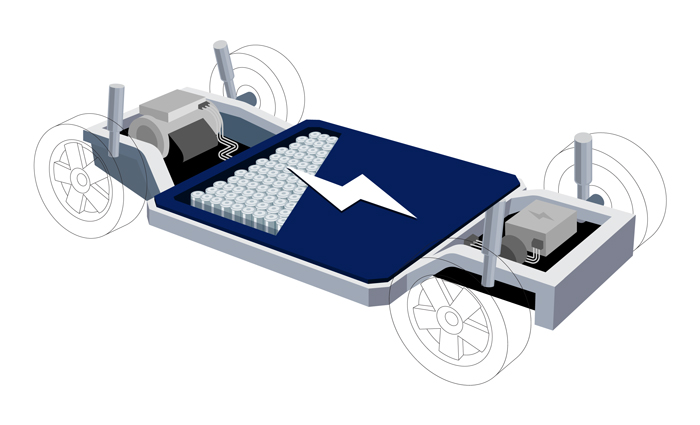
Figure 5 – Cell-to-Pack Battery Pack Design.
Charging Infrastructure Standardization
This is the process of harmonizing the technical specifications and protocols of EV charging stations to ensure interoperability and compatibility across different EV models and brands. Standardization can improve the convenience, reliability, and accessibility of EV charging for consumers and reduce the costs and complexity for charging operators and automakers.
Standardization of EV charging has been a prominent topic in the news recently with Tesla making numerous deals to give other EV makers access to its extensive supercharger network in the US. Previously the charging protocols landscape seemed to be dividing into Tesla’s proprietary technology and the Combined Charging System (CCS) that was widely accepted by European and North American EV manufacturers. However, this radically changed in November 2022 when Tesla renamed its connector as the North American Charging Standard (NACS) and began opening it up to other EV makers. Starting with Ford announcing adoption of Tesla’s NACS for vehicles built in 2025, numerous others followed suit, including GM, Rivian, Volvo, Polestar, and Mercedes-Benz.
Many EV makers are now looking to support both the NACS and CCS protocols, at least over the next several years. While the NACS connector does not use the CCS standard, it does use the same communications protocols created for CCS, so the dual connector approach does not require extensive changes in that area. In June 2023, SAE International also announced they would standardize the NACS connector.

Figure 6 – Standardization of EV chargers eliminates the need for multiple adapters.
Improved Battery Cell Chemistry
This refers to the ongoing research and development of new battery technologies that can enhance the performance, safety, and sustainability of EVs. Some of the emerging battery technologies include solid-state batteries, aluminum-ion batteries, lithium-sulfur batteries, and metal-air batteries. Rather than eliminating the lithium, several approaches instead are looking at replacing the anode host material which today is typically graphite.
While these technologies hold some promise to offer higher energy density, lower cost, faster charging, longer lifespan, and lower environmental impact than conventional lithium-ion batteries, there is still significant progress needed to move from research to prototyping and ultimately volume manufacturability.
800V Electric Vehicle Platform
This is a new EV platform that uses an 800V electrical system instead of the conventional 400V system. The move to 800V architectures enables lower current levels, essentially cutting the current in half by doubling the voltage. This allows for higher power output, faster charging, and lighter weight for EVs.
An 800V system can potentially charge an EV battery from 10% to 80% in less than 20 minutes using a compatible fast charger. In addition, moving to 800V EV platforms can support smaller batteries and cabling, which reduces overall vehicle weight, while also using less rare earth material, such as lithium. Lower resistance and resultant reduction in heat is another benefit.
Faster charging times and the reduced size and weight of the EV platform, charging infrastructure, and cables can make 800V EV systems and charging systems more convenient for EV owners. Several automakers, such as AUDI, Porsche, Hyundai, and Kia already offer 800V EVs and Lucid Motors has a 900V model.

Figure 7 – Will the 800V EV platform be the “new normal”?
Battery Recycling and Reduced Battery Costs
Battery recycling is the process of recovering and reusing valuable materials from used or discarded EV batteries. Recycling can reduce the environmental impact of EVs by preventing waste generation and resource depletion. It can also provide a more sustainable source of critical minerals for new battery production and lower dependence on new mining and refining.
Battery cost has shown a significant decline over recent years due to improvements in battery technologies and chemistries, and an increase in manufacturing volume. According to the US Department of Energy’s Vehicle Technologies Office, the cost of an electric vehicle lithium-ion battery pack declined 89% between 2008 and 2022 (using 2022 constant dollars). The 2022 cost was $153/kWh on a usable-energy basis for production at scale of at least 100,000 units per year. That compares to $1,355/kWh in 2008. Statista estimates that the global price for lithium-ion batteries could drop to $101/kWh in 2023, and to around $58/kWh by 2030.
Summary
These above-described innovative technology trends are shaping the future of the EV market by making EVs more attractive and accessible to consumers and businesses.
ENNOVI is pleased to play a key role in the advancement of new research and enabling technologies to help EV makers, battery manufacturers and other suppliers achieve new breakthroughs and improvements.
Just some of these innovations from ENNOVI include:
- Power solutions for EV drive trains, charging and power management.
- Motor stator busbars to improve EV drive motors by lowering cost and extending lifecycles.
- Advanced interconnect technologies to support 800V EV platforms
- Advanced Cell-PLX™ battery interconnect systems for improving battery life, lowering cost, and making EV batteries more recyclable.
